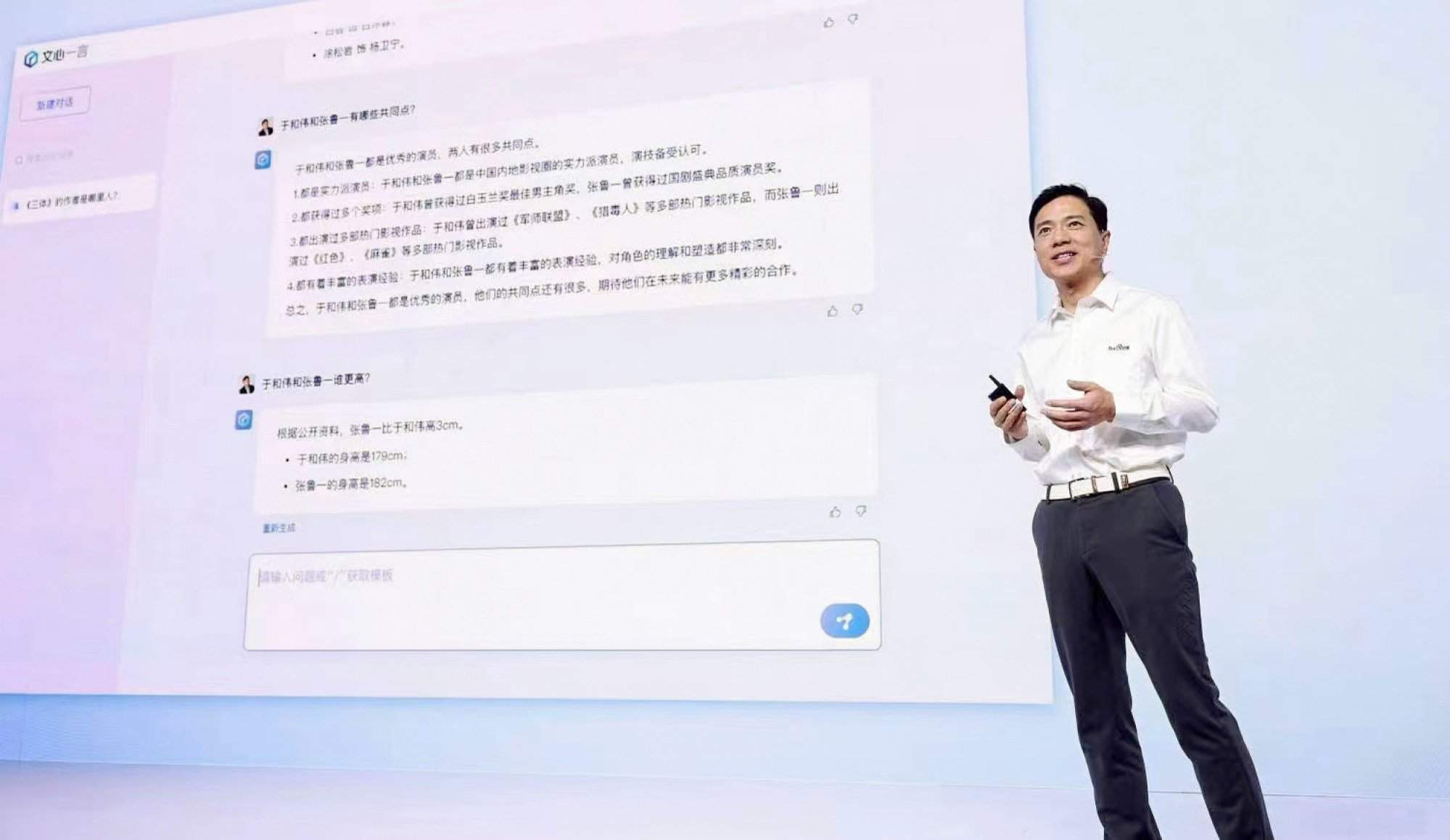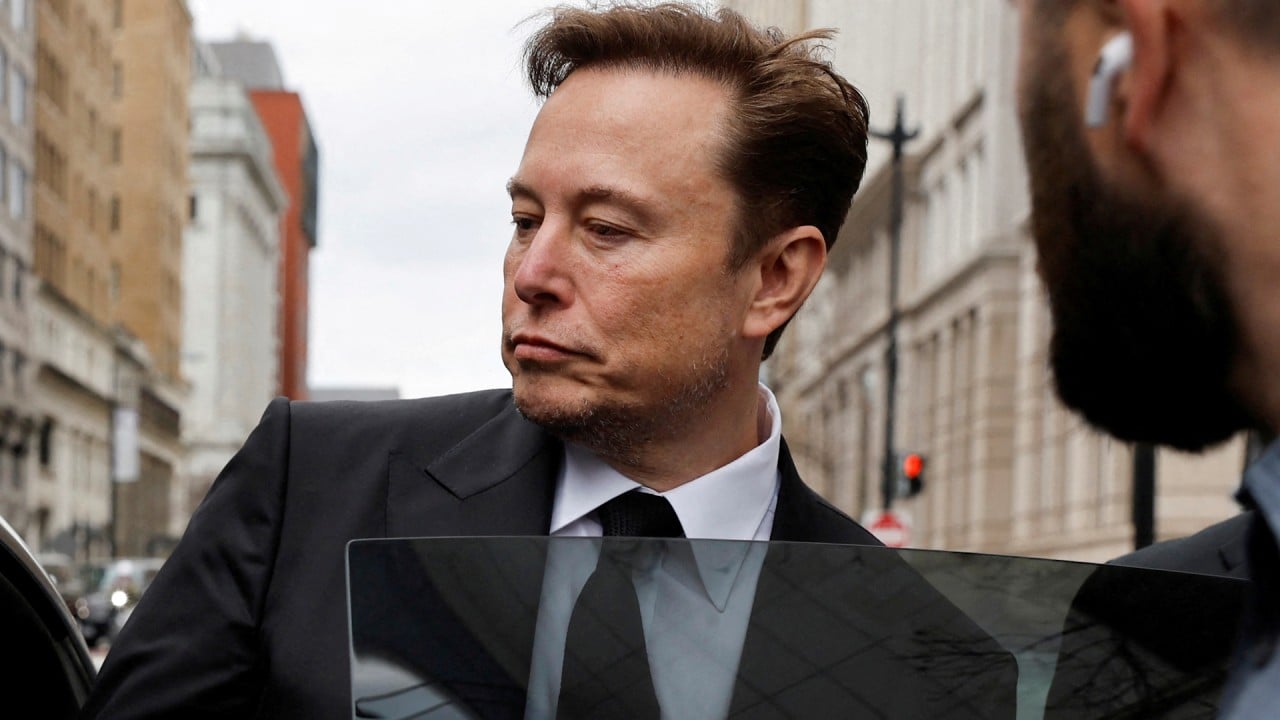
China struggles to quench its thirst for AI talent amid ChatGPT frenzy, as nation lags US in top brains
- While China’s demand for AI workers has jumped threefold from five years ago, only 0.1 per cent of the nation’s talent have a doctoral degree
- As of the end of 2021, China had 232 top research experts focusing on AI, while the US had 1,146, or more than half of the world’s total
Chinese companies are scrambling for top talent in generative artificial intelligence (AI) in a country that is significantly lacking in such workers when compared to the United States, as domestic firms race to launch their own ChatGPT-style services.
China’s demand for AI talent has surged threefold from five years ago, according to data compiled recently by Liepin, a Chinese recruitment platform. Roles involving pre-training models, conversational bots, and AI-generated content (AIGC) are in especially high demand.
A search on two local recruitment platforms using keywords, including “pre-trained models” and “natural language processing”, showed that the country’s Big Tech companies and start-ups are both offering generous packages to attract the right applicant.
One job posting, for example, offered a monthly salary of 800,000 yuan (US$116,000) for a role related to natural language processing.
“Since late last year, we have been getting increasing inquiries from local tech firms looking for talent working in large (language) models and AIGC, and some are willing to offer fat pay cheques,” Max Xiao Mafeng, co-founder and CEO at recruitment agency TTC Consultancy, said. “The inquiries have been pouring in, so we had to set up a new division earlier this year to focus solely on this area.”
As ChatGPT, the intelligent chatbot launched by US start-up OpenAI in November, takes the world by storm, the lack of top AI talent in China has become more apparent.
Among the nearly 1 million people in China who worked in AI jobs, just 0.1 per cent held a doctorate, while the majority held master’s degrees or lower credentials, according to survey results published in October by the Chinese Academy of Labour and Social Security (CALSS), a government think tank.
AI was only offered as a subject in tertiary institutions starting in 2018, two years after the State Council, China’s cabinet, named it a strategic area in the 13th five-year development plan. Currently, 440, or nearly 35 per cent of the country’s 1,270 universities, have been authorised by the education ministry to offer AI courses.

Despite the large number of university students currently studying the subject, with the first batch having graduated last year, there is still a vast supply gap in the job market due to rising demand, the report said.
That shortage could amount to as much as 300,000 workers across areas including AI chip research and development, machine learning, and natural language processing, among other subjects.
The scarcity is even more pronounced when it comes to top talent in China, which amounts to about a fifth of the numbers in the US, according to the “AI 2000” list curated by a Tsinghua University team in January 2022.
As of the end of 2021, China had 232 top research experts focusing on AI, ranking it the world’s No 2. The US had 1,146 top researchers, or more than 57 per cent of the world’s total.
China, however, leads the world in AI research publications, the CALSS report showed. The finding that is in line with the Artificial Intelligence Index Report released in April by Stanford University, showing that China produced more AI journal, conference and repository publications last year than anywhere else.
Still, China lags behind the US in large language and multimodal models, of which the US produced more than half of the world’s total last year. Large language models are the technological foundation that powers ChatGPT and similar technologies.
The capital city currently has a talent shortfall equivalent to 14 per cent of the nation’s demand, with the internet, video gaming, and software sectors being the most in need of workers, Liepin’s figures showed.

The CALSS called for the nation to address its supply gap and enhance workers’ skills by bolstering collaborations between the academic and industrial sectors, as well as fostering cross-border cooperation.
International collaborations in AI research – a pivotal factor driving the development of science, technology, engineering and mathematics, and idea sharing – have been deteriorating rapidly in the past few years amid heightened US-China rivalry.
While most of these partnerships had been between China and the US, jumping fourfold since 2010, the increase slowed to just 2.1 per cent between 2020 and 2021, according to the Stanford report.


